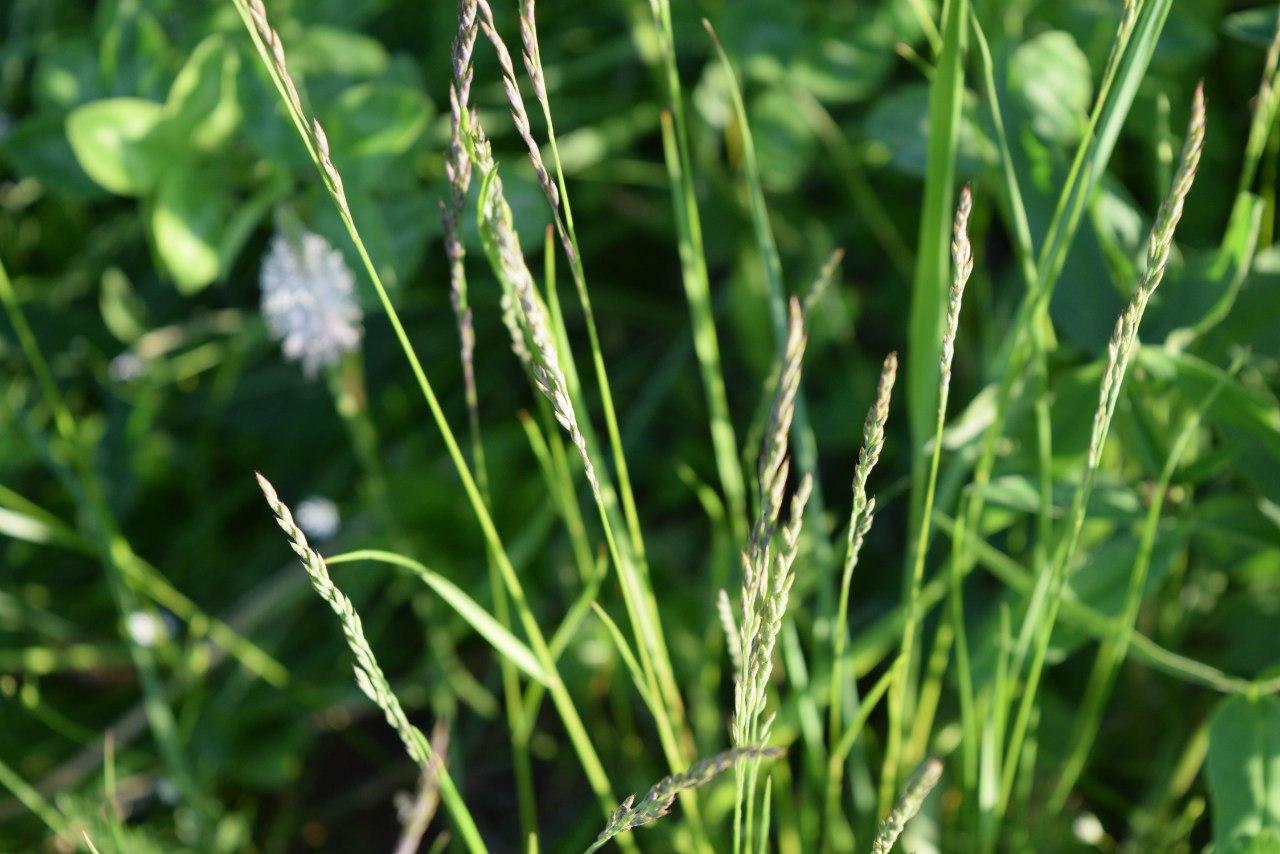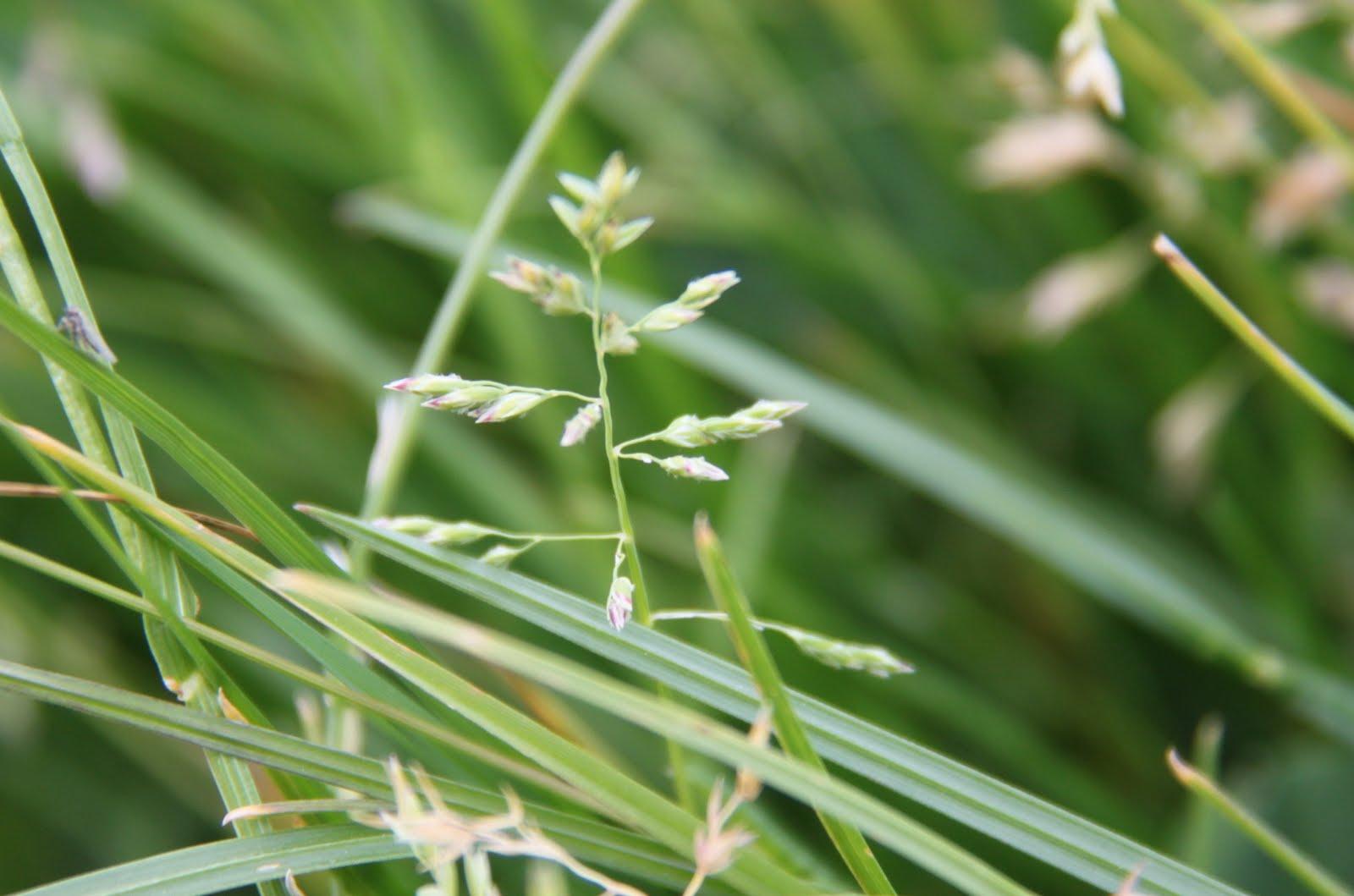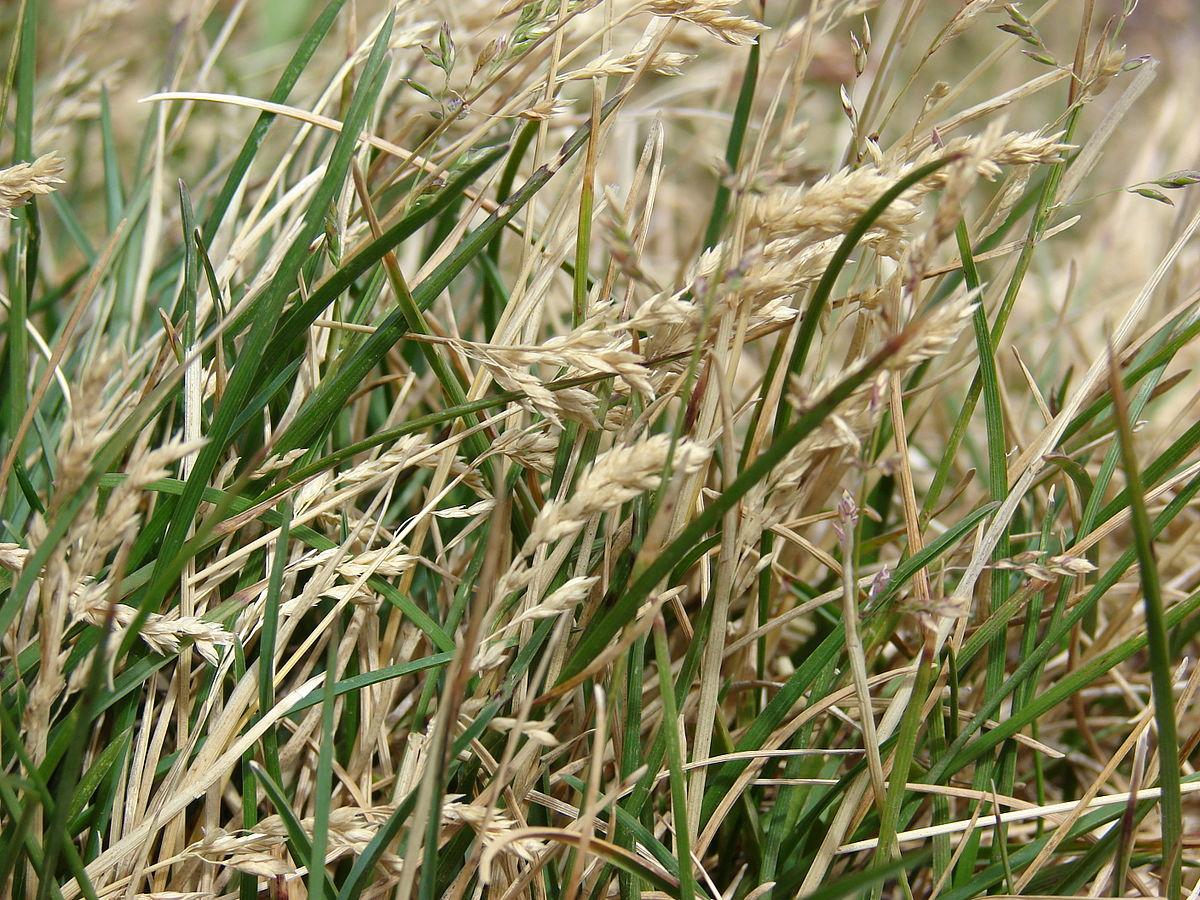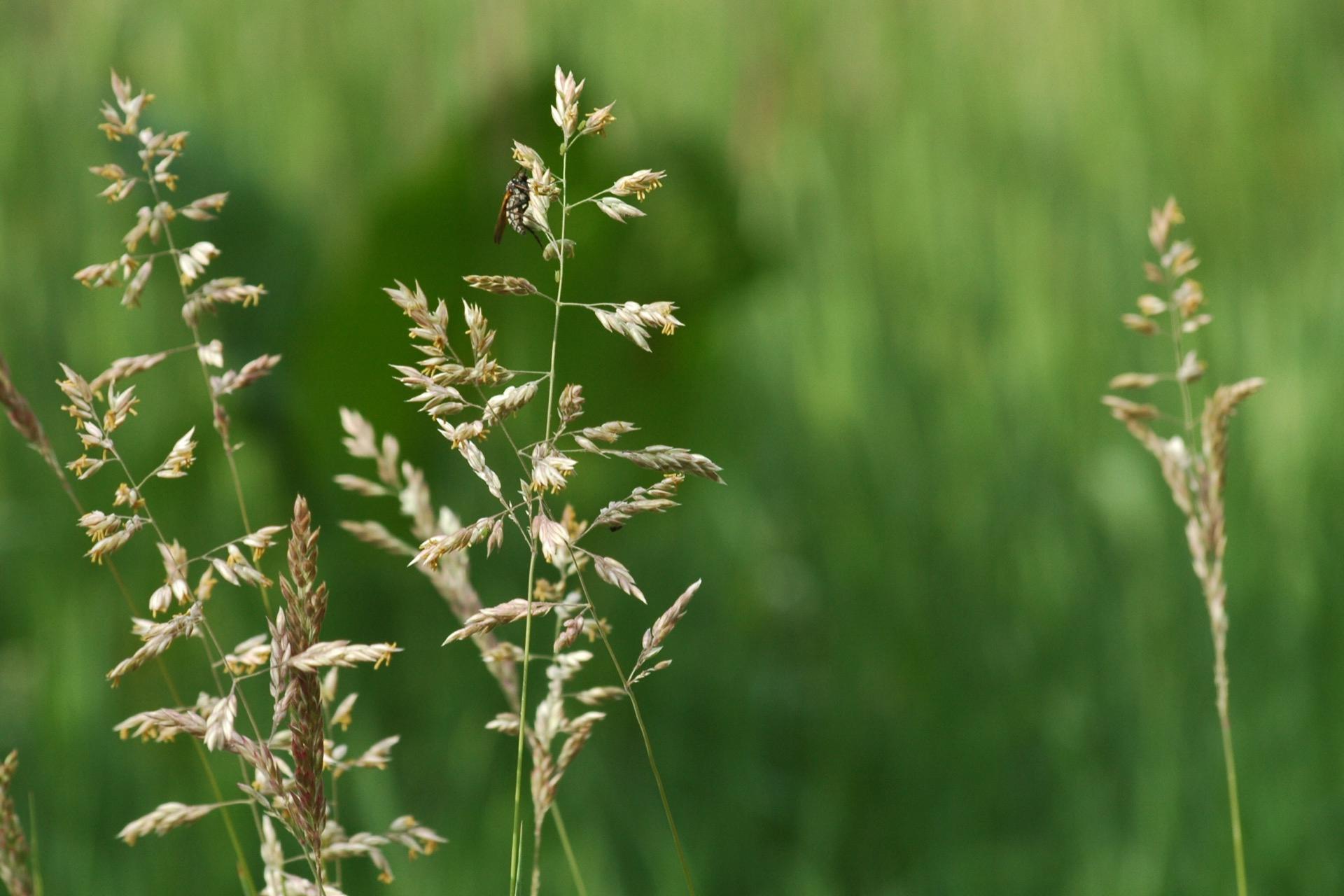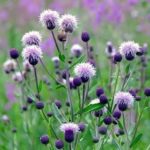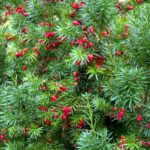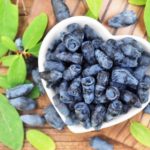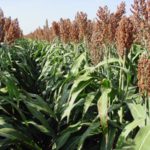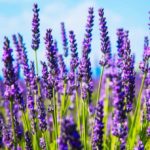Meadow bluegrass is a herbaceous plant that is often used to create lawns. The popularity of this crop is justified, since it helps to form a thick and even carpet. At the same time, the plant is very unpretentious. However, to obtain a beautiful and uniform coating, it is important to follow some rules of agricultural technology.
Description of bluegrass
This culture belongs to the Myatlikov genus and is part of the Cereal family. It is a perennial winter grass. The plant fully matures 3-4 years after planting. It has been developing well in one place for more than 15 years.
A distinctive feature of bluegrass is that it is one of the earliest crops when compared with other cereals. Therefore, the lawn turns green with the arrival of spring - immediately after the snow melts.
The plant does not exceed 30-70 centimeters in height. The culture is distinguished by smooth vertical stems. They are not very rigid and are characterized by excellent stability. The foliage is bright green and 4 millimeters wide.
The culture has creeping rhizomes with underground shoots. They include many fibrous roots that are found in the top layer of soil and form a strong turf.
The flowers form spikelets of green or lilac color, which are ovoid in shape. The inflorescences are branched and have a pyramidal shape. They reach 9-20 centimeters in length. Flowering occurs from late May to early June. At the same time, flowers are characterized by a tendency to self-pollinate.
The distinctive features of this type of bluegrass include the following:
- Resistance to high humidity. Grass can tolerate prolonged flooding, which often occurs after the snow cover melts. At the same time, bluegrass feels best when groundwater occurs at a depth of 0.5-1 meter from the soil surface.
- High degree of frost resistance. Bluegrass can withstand even the harshest winters.
- Strong immunity to diseases and pests. Most often, pathologies occur due to improper care and deterioration of the culture’s immunity.
- Increased resistance to heat. The culture can withstand exposure to elevated temperatures normally. For some time it has demonstrated good resistance to drought. However, it is important to consider that the variety is moisture-loving.In order for the grass to better withstand hot summers, it still needs to be watered regularly and abundantly.
- Unpretentiousness to soil composition. The plant grows well in any type of soil. However, a loose, fertile substrate suits it best. It is important to take into account that bluegrass can hardly withstand very acidic and salty soil. Optimal pH values are 5.5-6.5.
Popular varieties
Today, a large number of varieties of this plant are known. Therefore, when choosing a specific crop, it is worth considering its characteristics. The most common types of plants include the following:
- Squat – often called recumbent. This perennial plant has creeping shoots. It is perfect for forming shade-tolerant lawns and is often added to grass mixtures.
- Viviparous - this species is also called bulbous. Such plants can reach 10-50 centimeters. They are characterized by a fibrous root system. This type of bluegrass is suitable for growing in areas with cold and humid climates.
- Balin – characterized by a high degree of resistance to low temperatures. The grass is characterized by green, but not too rich color. Due to its high degree of resistance to mechanical damage, the plant is suitable for covering sports fields. The culture easily withstands low temperatures.
- Sobra - helps to form a medium-density lawn, which is characterized by a high degree of wear resistance. The plant is often combined with tall fescue. It allows you to get a uniform lawn that is resistant to drought. This type of bluegrass is suitable for sports and decorative coverings. It is also used to create rolled lawns.
- Limousine - this crop is characterized by rapid lateral growth. At the same time, it is resistant to high temperatures and dry weather. The plant is disease resistant. It can be used to create rolled turf and covering for sports fields. The grass easily withstands low mowing and is able to maintain a bright green color even in winter.
- Marcus - the plant is characterized by a powerful root system. This allows him to recover from increased stress. The grass has a rich dark green color. It bushes well and forms a turf that is strong to tear. The plant is characterized by resistance to diseases and adverse weather factors. The culture can be used for decoration and for sports lawns.
- Midnight is an elite variety of meadow bluegrass. Lawns made from it are characterized by high wear resistance. That’s why the crop is even used to cover football fields. The plant easily withstands dry and hot weather. In addition, it is characterized by resistance to diseases. The foliage of this type of bluegrass is characterized by a rich green-blue color.
Beneficial features
Meadowgrass includes proteins, fats, and starch. It also contains lysine, cystine, and methionine. The plant contains a lot of potassium, calcium, iron, zinc. It contains vitamins B, D, E.
In medicine, the plant is used as an allergen. It can be used to identify and eliminate hay fever. The active component of such a product is considered to be a water-salt extract of protein-polysaccharide substances, which are obtained from plant pollen.
Application
Meadow bluegrass has a wide distribution. It is predominantly found in temperate or cold climates.The crop grows near roadsides, in fields, meadows and forested areas. Bluegrass is native to Canada. However, the plant subsequently moved to other continents, including Antarctica.
At the same time, the plant gained great popularity in Russia. In this country, the crop is often used to create lawns. Grass is used not only in landscape design. Other uses of bluegrass include the following:
- Medicine – This plant is included in a number of remedies that are used to identify allergies.
- Agriculture - the plant is grown on pastures. Poultry and goats love it. Horses and cows also enjoy eating grass. This plant grows quickly and has many nutrients.
- Landscape design is a culture characterized by rapid development. It is undemanding to the climate and is able to fill uneven ground. In addition, the plant rarely encounters diseases. With proper care, your lawn will remain attractive and fresh for many years.
- Making ready-made turf - grass is suitable for quickly obtaining natural coverings.
How to plant a plant
Before planting meadow bluegrass, it is important to choose the right variety and calculate the required number of seeds. They must have quality certificates. The next step is to prepare the soil. The visual characteristics of the lawn depend on this. First, you need to remove the trash from the area. After this, dig up the area and get rid of weeds. You need to dig the soil 15 centimeters.
Sandy loam soil is more suitable for bluegrass. If the excavated area has heavy soil, it is worth adding sand to it. Also, the crop can hardly tolerate saline and acidified soil.In this case, it is worth adding peat and lime to the composition.
When the soil becomes homogeneous and large lumps break up, you need to evaluate its density and level it with a wooden board. The soil on the territory of the future lawn is loosened to a depth of 2 centimeters.
The first time bluegrass needs to be planted is in August, since it is a winter grass. By next spring, the sprouts will become stronger and adapt to the climate. It is not worth planting seeds in the spring without systematic watering, since the plant will most likely die quickly.
Until the first shoots appear, the soil should be kept slightly moist. After planting, it must be fed immediately. In this case, it is better to use nutrients with a large amount of phosphorus.
Immediately after sowing, you need to start taking good care of the bluegrass. This is especially true in the first year. It is recommended to water the crop at least 2-3 times a week. In severe drought, this is done daily. In this case, it is recommended to use the sprinkling method.
Bluegrass develops best on the sunny side. In shady areas the cover becomes loose. At the same time, there is a risk of gaps and the development of powdery mildew. To speed up the growth process, it is necessary to constantly apply fertilizers and plant seeds in empty places.
Aftercare
Caring for meadow bluegrass includes the following components:
- Watering – in hot weather, it is necessary to moisten the soil every 3 days. In autumn and spring, weekly watering is sufficient.
- Fertilizer application - the soil is fed for the first time at the stage of planting seeds. To do this, it is permissible to use complex compounds or special products for lawn grass. Dosages are usually indicated on the packaging.
- Mowing – this procedure helps to achieve more active growth of the turf. This results in a thicker and more lush lawn. Meadow bluegrass is mowed to a height of 4 centimeters.
Meadow grass is a beautiful lawn plant that is often used in landscape design. In order for the culture to develop normally, it is necessary to follow a number of rules of agricultural technology.

